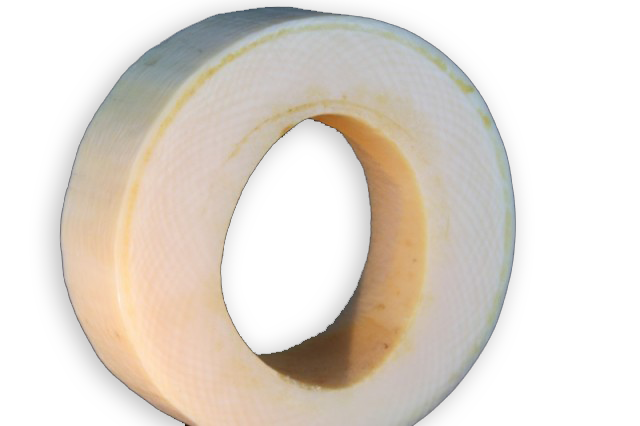
none
Je vous emmène à travers mes vidéos découvrir mon expérience acquise depuis plus de 30 ans a silloner le globe entier à la recherche de pierres précieuses, de rencontre mémorables mais aussi de difficulté parfois …
actualités
Categories

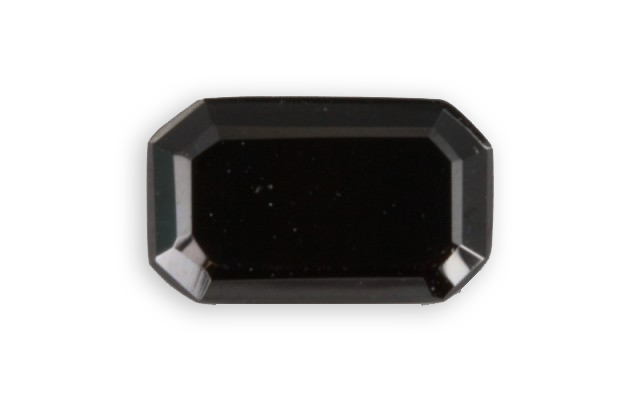
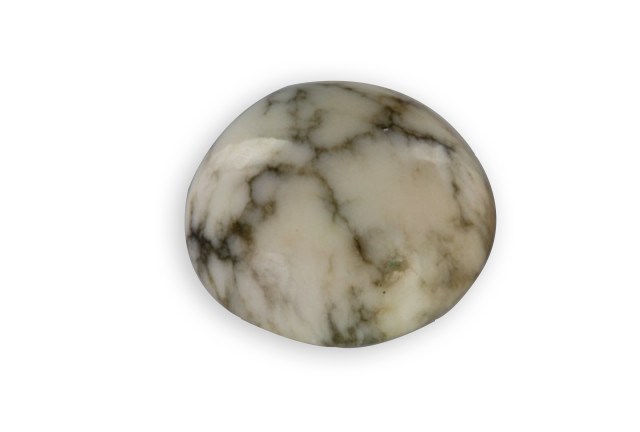
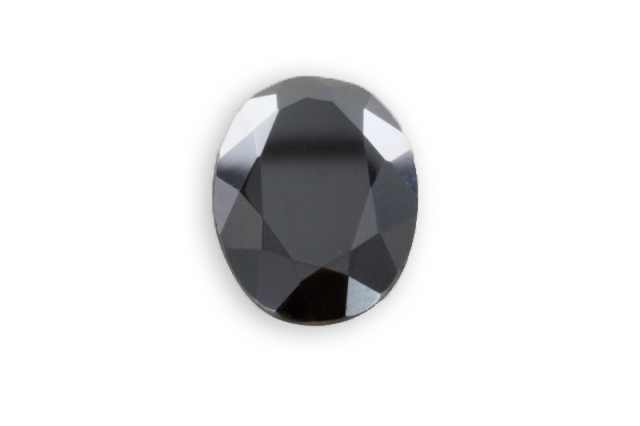
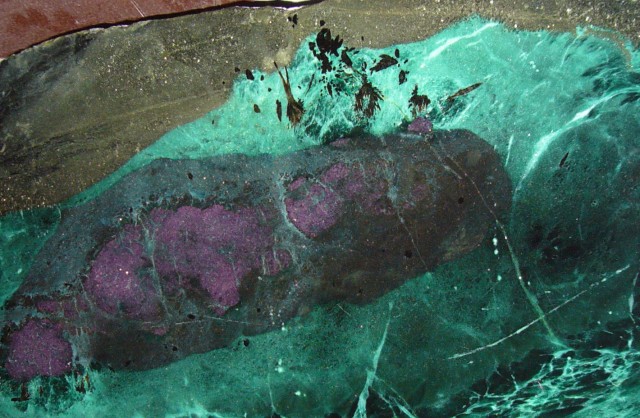
goodletite
This is a metamorphic rock composed of pink corundum (sapphire ruby almost) of margarite, of fuchsite with chromite and green tourmaline, its name honors William Goodlet. It is only found in southern New Zealand(Hokitika, Rimu). The name Goodletite refers only to this stone from New
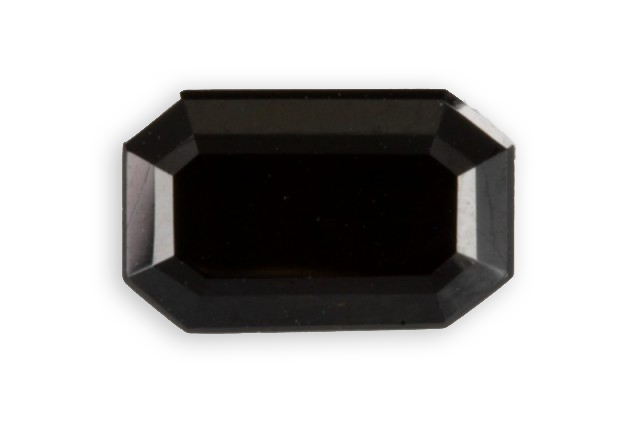
gadolinite
Appointed in 1800 in honor of the Finnish mineralogist Johan Gadolin (1760-1852) who isolated the Yttrium element in 1797. This rare earth is used to imitate the diamond, synthetic zirconia oxide, to stabilize it in a cubic form at atmosphere temperature. Gadolinium is one of


